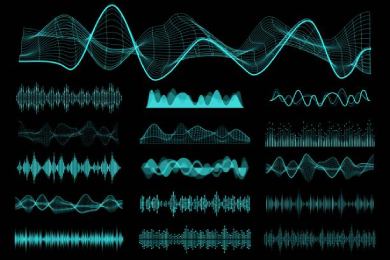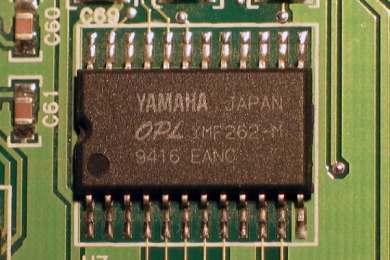You may have seen the term wavetable synthesizer thrown around and have wondered, what is that? Is it a piece of hardware or isn’t that what Serum does?
A Wavetable Synthesizer is a synthesizer that uses a single cycle sample of a periodic signal called a waveform. The advantage is that all instruments played can have the same number of different voices, regardless of how many or few voices the sound card has.
In this article, we will look into what a wavetable synthesizer is in more detail along with how it works and a few examples of hardware and software that does it!
What Does A Wavetable Synthesizer Do?
A wavetable contains digitized samples, often covering several octaves. The choice of which samples to use for each note or instrument is called “wave selection.”
This allows all instruments used in a piece to have the same number of different “voices,” each chosen from a range of notes, regardless of how many voices the sound card itself supports. The number of samples in a wavetable is called the resolution.
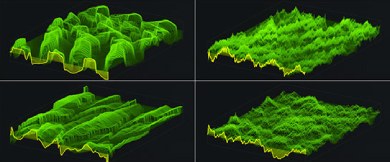
For example, an OPL3 chip can play up to 22 kHz with a 16-bit word length and 4 octaves using 32 different waves at a resolution of 4 bit signed (a range between -32,768 and 32,767). The OPL3 has a built-in DAC, which is used to convert the digital data to an analog signal.
By an appropriate choice of start and end values for each partial found in a waveform, it is possible to create new waveforms.
Even though this may not sound like much when listening at normal playback speed because the small discontinuities move so fast that they cannot be heard clearly enough, by playing back these samples slowly or applying low-pass filtering it becomes clear what is happening.
How Does A Wavetable Synthesizer Work?
Wavetables are often used for additive synthesis typically use a series of band-limited functions as basis functions in the Fourier domain, and then interpolate between them with some method such as linear interpolation or cubic spline interpolation.
A more sophisticated technique involves calculating all sinusoidal components in the signal by applying a short-time Fourier transform (STFT), which allows a better approximation of arbitrary signals using a finite number of terms.
However, cheap and efficient digital signal processing chips have become available only since about 1990, so most synthesizers using wavetables do not make this sophisticated calculation, but instead use pre-calculated waves stored in ROM (sometimes with the added feature of random access, allowing the user to replace one wavetable with another).
Wavetables are commonly generated by applying some form of windowing with either sine or cosine functions.
This is then followed by direct conversion to an integer that indexes into an array containing sampled data representing the chosen waveform. However, other methods for creating good waveforms exist, such as additive synthesis.
What Makes Wavetable Synthesizer Special?
The heart of most digital synthesizers is the so-called oscillator. This produces a basic electronic signal, usually a very pure sine-wave tone which can then be manipulated in pitch (by using an LFO), timbre (through filtering or frequency modulation), and amplitude (e.g. via a low-frequency oscillation).
In wavetable synthesis, the sine-wave tone is recorded as a digital sample and stored in a special memory area of the synthesizer.
The pitch of this tone can then be varied over a wide range with no hardware (other than the CPU ) involved; it is done purely mathematically by software. The upper limit of this variable pitch range is defined by the sampling rate.
Wavetable Synthesizers
Wavetable Synthesizers can be either be a piece of hardware or software.
| Hardware Synths | Software Synths |
| Palm Products GmbH Wave | Xfer Records Serum |
| Modal Electronics Argon 8 | Vital Audio |
| Ashun Sound Machines Hydrasynth Key | Arturia Pigments |
Hardware Wavetable Synthesizers
Wavetable synthesis was made famous by PPG with their Wave series. The first wavetable synth was introduced in 1981, and they remained popular until superseded by sample-based synthesizers after falling out of fashion in the mid-1980s.
Instruments built on this technique today are known as wavetable synthesizers. The most famous of these is still the PPG’s Wave range, which remained in production from their introduction in 1981 until around 1990, and Korg’s DW series (1984-1989).
Examples
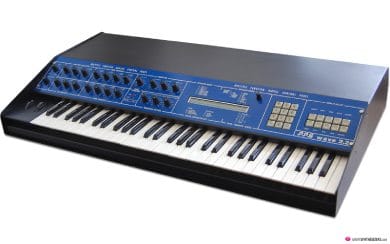
PPG Wave
The PPG Wave Synth was the first synthesizer to use wavetable synthesis and is considered by some as one of the best sounding analog-digital hybrid synthesizers ever built.
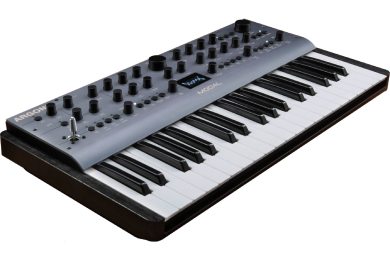
Argon 8
The Argon 8 is a 37-note keyboard, 8 voice wavetable synthesizer.
It can process and cross-modulate 32 static wavetable modifiers and has a 512-note real-time/step sequencer, 32-step programmable arpeggiator – just to name a few features.
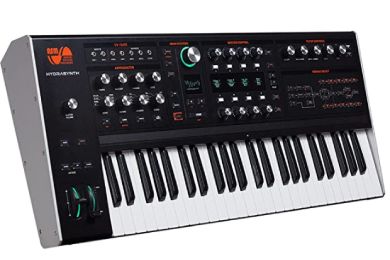
Hydrasynth Key
Hydra is an analog-digital wavetable synthesizer with a 100% analog signal path.
It has 4 oscillators that can process external audio, 2 waveshapers in the signal path for distortion effects, and 16 different types of oscillator shapes.
Software Wavetable Synthesizers
Software wavetable synthesizers use a special method of generating sound by storing several digital samples (in other words, an entire periodic waveform) and playing them back according to how fast you tell it to play.
Because this process is done digitally (as opposed to using hardware or other analog methods), wavetable synthesis allows for much faster and more detailed changes in the harmonic properties of the sound.
Examples
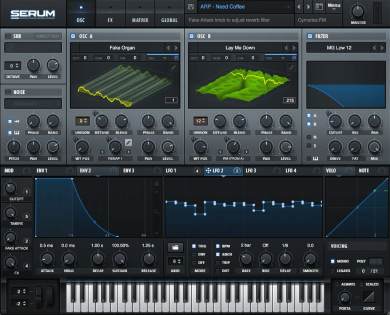
Serum
Serum is a wavetable synthesizer that allows you to create any sound imaginable. With its world-class oscillators.
Serum is capable of producing an unlimited number of unique sounds, all within the reach of your creativity.
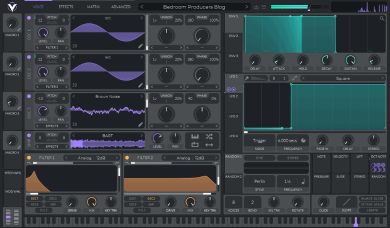
Vital
Vital is a free wavetable synthesizer that combines multiple synthesis techniques to create unique sounds.
It has 4 oscillators, 2 filters, and 3 LFOs per voice! All of them can be used simultaneously or can be mixed together.
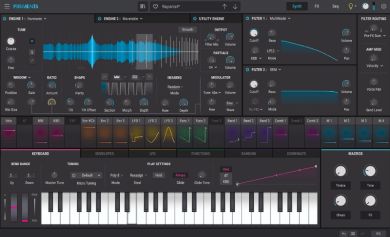
Pigments
Pigments is a wavetable synthesizer that brings users a unique set of features including complex sound manipulation, user-friendly interface, and smooth workflow.
Pigments has 4 oscillators that can be blended together with our unique mixer. Each feature in Pigments is connected to the same mixer allowing for advanced modulation possibilities.
Summary
A Wavetable Synthesizer is a synthesizer that uses a single cycle sample of a periodic signal called a waveform. The advantage is that all instruments played can have the same number of different voices, regardless of how many or few voices the sound card has.
By choosing start and end values for each partial found in a waveform, it is possible to create new Waveforms.
The original wavetable synthesizer was the PPG Wave Synth, while Serum is the most popular software synth used in DAWr today.
